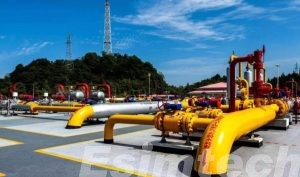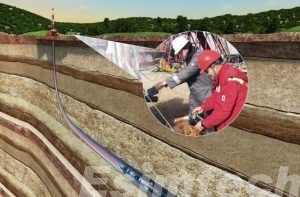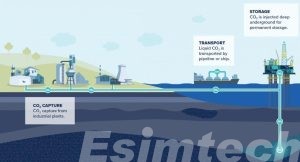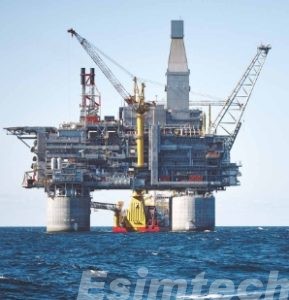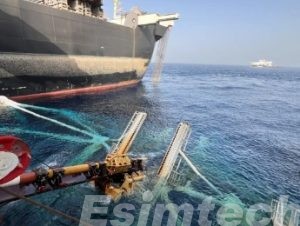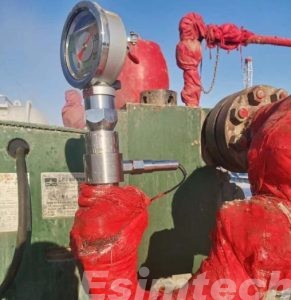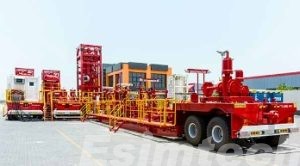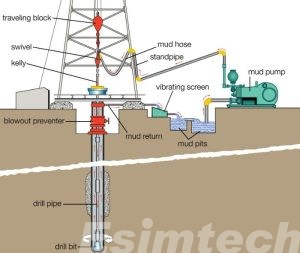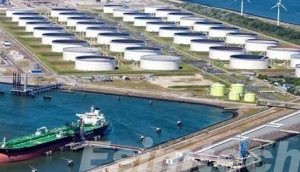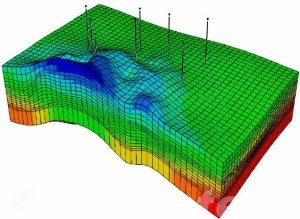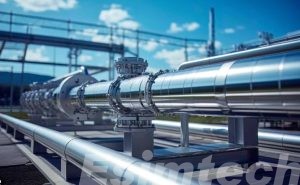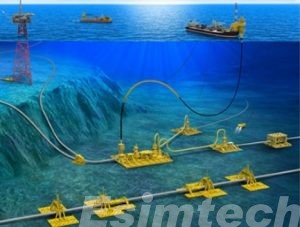The Role of Underground Gas Storage in Ensuring Energy Security
Energy security is a priority for many countries, especially as global energy demand rises and supply chains face disruptions. Natural gas is an important part of the energy mix and…
The Role of Downhole Sensors in Optimizing Unconventional Wells
The oil and gas industry has long been working to extract valuable hydrocarbon resources from unconventional reservoirs such as shale and tight gas formations. However, these reservoirs present some unique challenges…
Understanding Subsea Drilling: 4 Key Points You Need to Know
As global energy demands continue to rise, subsea drilling offers a way to tap into vast reserves of oil and natural gas located in deep and ultra-deep waters. This article explores…
Effective Strategies for Well Cementing in Offshore and Deepwater Wells
Well cementing is critical in the construction and integrity of oil and gas wells, particularly in deepwater and offshore environments. These challenging settings demand precise engineering and innovative solutions to ensure…
What is Subsea Pipeline Installation: 3 Key Points You Need to Know
Subsea pipeline installation is a vital process in offshore oil and gas production, enabling the transport of resources from undersea wells to processing facilities or storage units. This procedure involves advanced engineering,…
What’s The Role of Mud Logging in Preventing Blowouts
Mud logging plays a very important role in the safety and efficiency of oil and gas drilling operations, especially in preventing blowouts, which are one of the biggest risks in…
Innovations in Underbalanced Drilling Equipment
Underbalanced drilling (UBD) has emerged as a critical technique in the oil and gas industry, offering significant advantages in terms of reduced formation damage, increased drilling rates, and lowered operational…
The Role of Mud Circulation System in Sustainable Drilling Practices
Drilling operations are a cornerstone of the oil and gas industry, yet they pose distinct challenges in safety, efficiency, and environmental sustainability. A carefully designed mud circulation system plays a pivotal role…
Floating LNG vs. Traditional Land-Based LNG: A Comparative Analysis
Natural gas, as one of the cleanest fossil fuels, has garnered increasing attention in recent years as an alternative energy source. Two primary methods for liquefying and transporting natural gas…
Reservoir Simulation Models for Enhanced Oil Recovery (EOR) Techniques
Reservoir simulation models play a crucial role in the oil and gas industry, particularly in enhancing the efficiency of Enhanced Oil Recovery (EOR) techniques. These models offer a virtual framework for representing underground…
How Automation and Digitalization Transform Oil and Gas Logistics
The oil and gas industry is undergoing a significant transformation, driven by the integration of automation and digitalization into logistics operations. Traditionally, oil and gas logistics have been complex, involving…
What are Subsea Pipelines: How to Design and Operate Efficiently
Subsea pipelines play a crucial role in the transportation of oil and gas from offshore fields to processing facilities on land or to floating production storage and offloading (FPSO) units…

